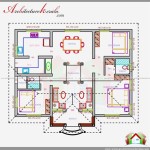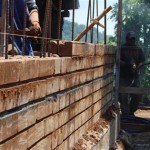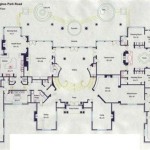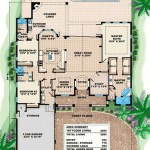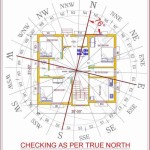Essential Aspects of a Japanese Tea House Floor Plan
Japanese tea houses, also known as chashitsu, are traditional structures designed for the tea ceremony, a ritualized form of tea preparation and consumption. The architecture of a tea house is meticulously planned to create a serene and harmonious environment conducive to contemplation and cultural exchange. The floor plan, in particular, plays a crucial role in facilitating the tea ceremony's unique flow and aesthetics.
1. Simplicity and Asymmetry
Japanese tea houses adhere to the principles of simplicity and asymmetry. The floor plan is often characterized by clean lines, geometric shapes, and a lack of ornamentation. Asymmetry is employed to create a dynamic and visually engaging space that invites exploration.
2. Separation of Spaces
A tea house is typically divided into two main spaces: the tea room and the waiting area. The tea room is the primary space where the tea ceremony takes place, while the waiting area is used for guests to prepare themselves and wait for their turn to enter the tea room.
3. Tokonoma
The tokonoma is an alcove in the tea room where a scroll, flower arrangement, or other artistic object is displayed. It is a focal point of the room and sets the tone for the tea ceremony. The tokonoma is often located at the back of the room, facing the main entrance.
4. Roji
The roji is a path leading from the outside to the tea room. It is designed to create a sense of transition and purification for guests as they approach the tea house. The roji may include stepping stones, lanterns, and other elements to enhance the journey.
5. Tatami Matting
Tatami mats are traditional Japanese flooring made from woven rice straw. They are used in the tea room to provide a comfortable and insulating surface. The size and number of tatami mats in a tea room determine its dimensions and capacity.
6. Entry and Exit Points
The entry and exit points of a tea house are carefully considered. The entrance is typically a small door that requires guests to bow as they enter. The exit is often located in a different part of the room, creating a circular flow of movement.
7. Natural Elements
Japanese tea houses incorporate natural elements to create a connection with the outdoors. Windows and doors are often designed to frame views of the garden or surrounding landscape. Natural light plays a crucial role in illuminating the space and creating a peaceful ambiance.
8. Flexibility and Adaptability
While traditional tea house floor plans adhere to certain principles, they also offer flexibility and adaptability. The size, shape, and layout of a tea house can vary depending on the specific tea ceremony school and the host's preferences.
Conclusion
The floor plan of a Japanese tea house is a reflection of the tea ceremony's cultural significance and aesthetic principles. It creates a space that fosters contemplation, relaxation, and the appreciation of beauty. By understanding the essential aspects of a Japanese tea house floor plan, we can gain a deeper appreciation for this unique architectural form.

Japanese Tea House Architecture Of Ultimate Spiritual World Patterns Design

Tea House In Tadotsu Takashi Okuno Associates Archdaily

Visual Japanese Tea House Ceremony

Japanese Tea Houses All You Need To Know About Chasu

Pin Page

Layout Of Taian

Pin Page

Trynagoal Tea House Nano Lucky Interior Design Archdaily

Japanese Tea House Plans

File Tearoom Layout Svg Wikimedia Commons

